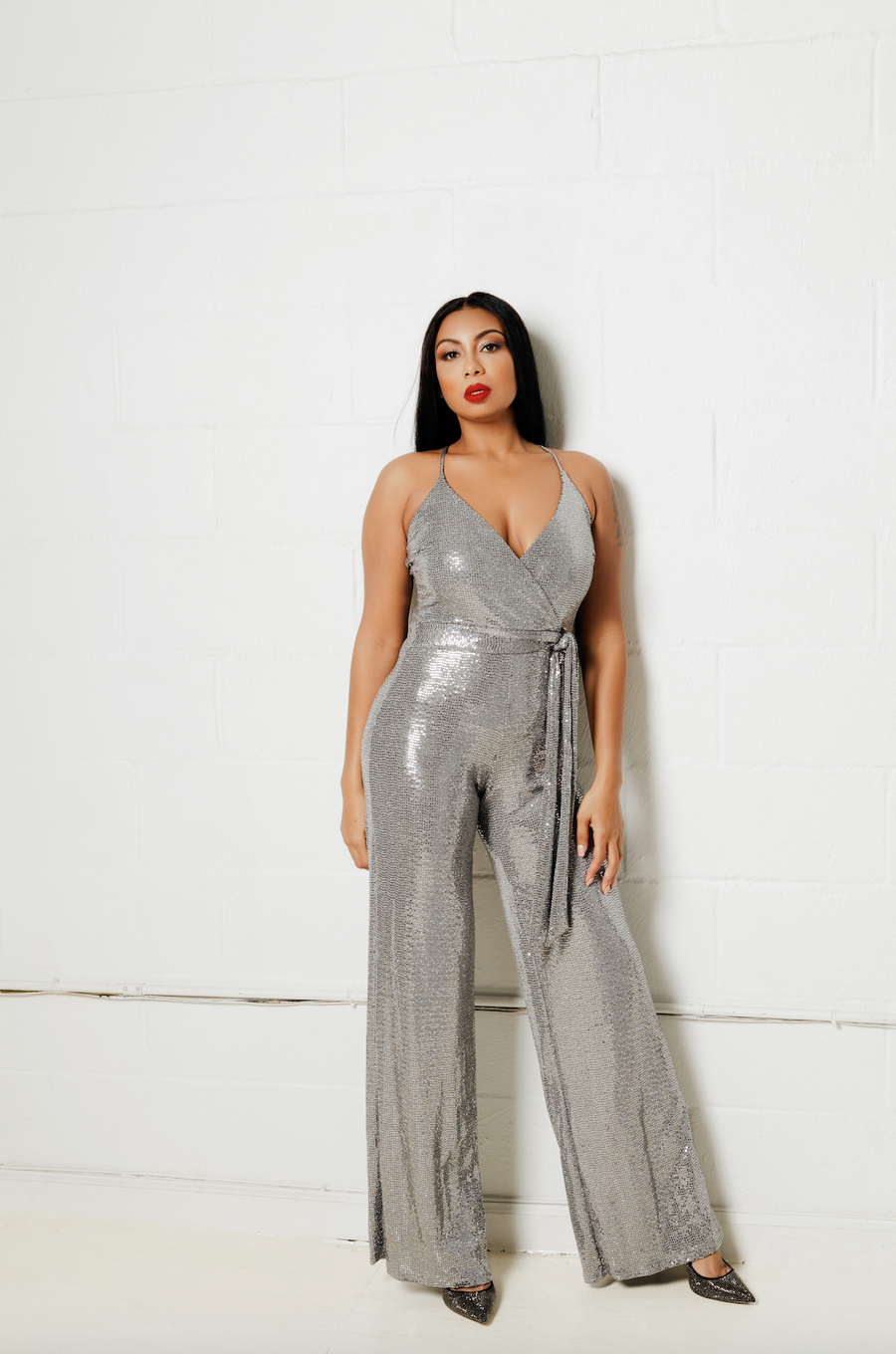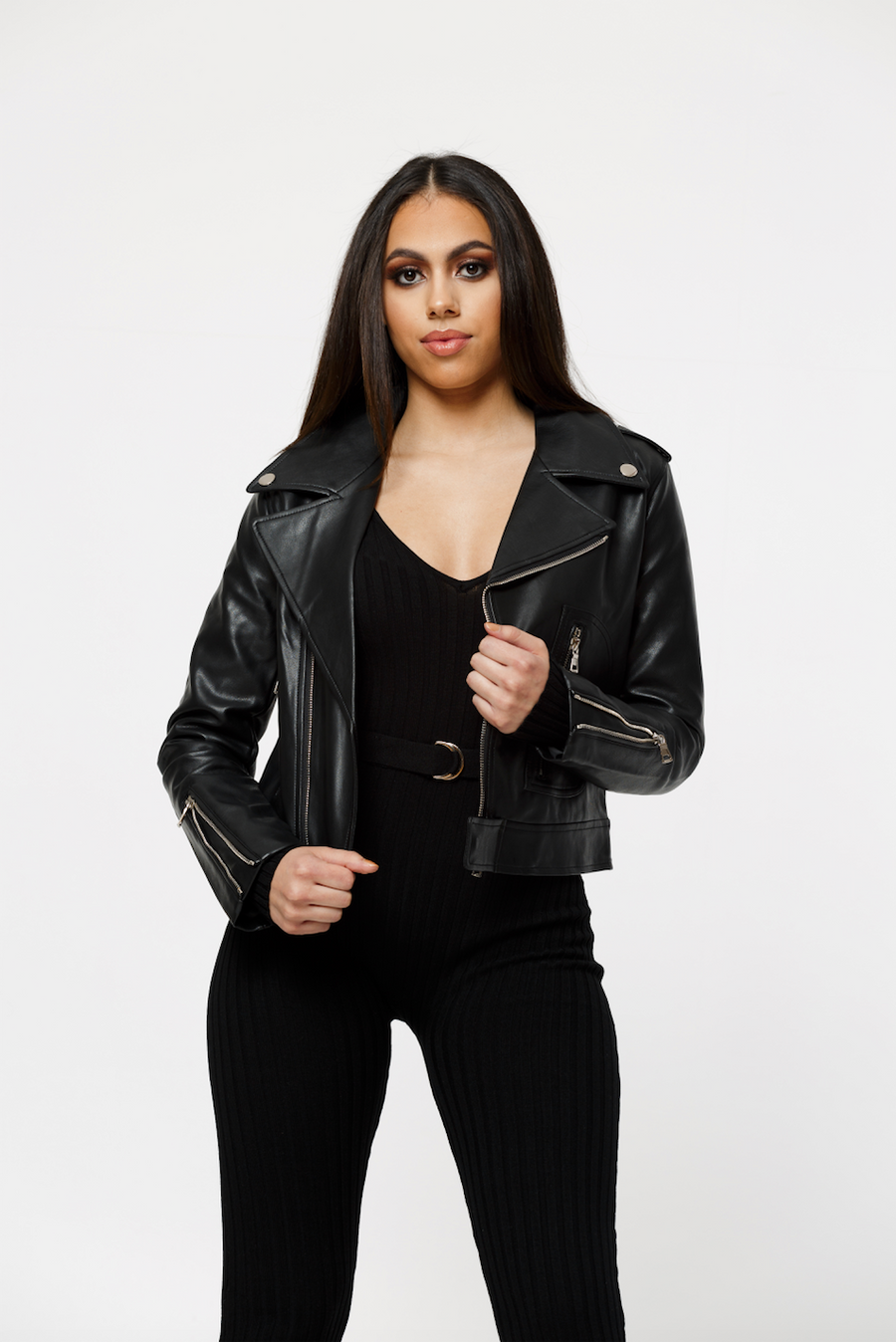What are the Latest Trends in Sustainable Women's Fashion?
Sustainable fashion is no longer just a buzzword; it's a movement reshaping the fashion industry. As consumers become increasingly conscious of the impact their choices have on the environment, designers and brands are responding with innovative, eco-friendly solutions. In the realm of women's fashion, sustainability is driving some of the most exciting trends of the year. Let's explore the latest developments in sustainable women's fashion and how you can participate in this important shift toward a more responsible fashion future.
Embracing Eco-Friendly Materials
One of the most significant trends in sustainable women's fashion is the shift towards using eco-friendly materials. Brands are increasingly prioritizing organic cotton, bamboo, recycled polyester, and other materials that have a lower environmental impact compared to traditional fabrics. These materials are not only better for the planet but also offer incredible comfort and durability. For example, the Olive Brooklyn Jumpsuit is a testament to how sustainable materials can be transformed into stylish, versatile pieces that don’t compromise on quality.
The Rise of Upcycling
Upcycling is another trend making waves in the sustainable fashion scene. This process involves transforming waste materials or unwanted products into new, high-quality items. It's a creative and environmentally friendly solution to the problem of fashion waste, reducing the need for new resources and minimizing the industry's carbon footprint. Pieces like the Diana Silver Sequin Wide Leg Jumpsuit showcase the potential of upcycled materials to create glamorous, trend-setting fashion that's as kind to the earth as it is eye-catching.
Slow Fashion: Quality Over Quantity
The slow fashion movement advocates for creating and buying garments for quality and longevity rather than catering to the fast-paced demand for new trends. This trend encourages consumers to invest in timeless pieces that will last for years, reducing the constant churn of the fashion cycle and its impact on the environment. By focusing on quality craftsmanship and durable materials, brands like those featured in our What's New collection are leading the way in sustainable fashion that doesn't just look good but also lasts longer and promotes a more sustainable consumption model.
These trends mark a promising start towards a more sustainable and environmentally conscious approach to women's fashion. By embracing eco-friendly materials, upcycling, and the principles of slow fashion, both designers and consumers are playing a crucial role in driving the industry towards a more sustainable future. Stay tuned for the next part of this article, where we'll delve deeper into how sustainability is influencing fashion design and consumer habits, including the growing importance of transparency and ethical practices in the fashion industry.
Ethical Manufacturing Takes Center Stage
Consumers are increasingly demanding transparency about where and how their clothes are made. This has spurred a trend towards ethical manufacturing processes that ensure fair wages, safe working conditions, and respect for workers' rights. Brands are responding by being more open about their supply chains and seeking certifications that guarantee ethical standards. This shift not only improves the industry's impact on human lives but also elevates the overall quality of products, making garments like the Stella Noir Leatherette Moto Jacket not just stylish but also ethically produced.
Zero-Waste and Circular Fashion
The concept of zero-waste in fashion design is gaining traction, with designers striving to minimize fabric scraps and offcuts during the garment-making process. This approach not only reduces waste but also encourages creative patterns and designs that maximize material use. Alongside, the circular fashion model is promoting the idea of garments being reused, recycled, or upcycled instead of ending up in landfills. By supporting brands that embrace these practices, consumers can enjoy unique and innovative pieces like those found in our Sparkles and Sequins collection, knowing they're contributing to a more sustainable fashion ecosystem.
The Digital Revolution in Sustainable Fashion
Technology is playing a pivotal role in advancing sustainable fashion. From digital fashion shows that reduce carbon footprints to apps that trace a garment's lifecycle, the industry is leveraging technology to become more eco-friendly. Additionally, online platforms are making it easier for consumers to access sustainable fashion, offering a wider selection of eco-conscious pieces that align with their values. Brands are also using social media to educate and engage with consumers about sustainability issues, driving awareness and action across a broader audience.
The shift towards sustainable women's fashion is not just a trend but a necessary evolution of the industry. By prioritizing ethical manufacturing, embracing zero-waste and circular fashion principles, and harnessing technology, brands and consumers alike are contributing to a more sustainable and responsible fashion future. In the final part of this series, we'll explore practical tips for consumers looking to make more sustainable fashion choices, highlighting how individual actions can collectively make a significant impact.
Investing in Timeless Quality
One of the most effective ways to adopt sustainable fashion is by choosing quality over quantity. Investing in timeless pieces that are well-made ensures longevity, reducing the need for frequent replacements. Opt for garments like the Sultry Maxi Dress, which exemplifies durability and classic style that transcends seasonal trends.
Embracing Second-hand and Vintage Finds
The second-hand and vintage markets offer a treasure trove of unique pieces that prevent additional textile waste. By incorporating pre-loved items into your wardrobe, you're not only making an eco-friendly choice but also enjoying the uniqueness that vintage and second-hand pieces bring. Platforms and boutiques that specialize in curated pre-owned collections make it easier than ever to find high-quality, sustainable options.
Supporting Eco-Conscious Brands
Aligning your purchasing power with brands that prioritize sustainability sends a strong message about consumer values. Look for companies transparent about their manufacturing processes, materials used, and ethical standards. By choosing to shop from collections like What's New at highflaunting.com, which showcases eco-conscious fashion, consumers can help drive the demand for sustainable practices in the industry.
The Power of Care and Repair
Extending the life of your garments through proper care and repair is another cornerstone of sustainable fashion. Learning basic repair skills, following care instructions, and opting for professional alterations can significantly extend the life of your clothes. This approach not only saves money but also reduces your carbon footprint by minimizing the demand for new resources.
Advocating for Change
Beyond personal wardrobe choices, advocating for sustainability in the fashion industry can amplify the impact. This can include everything from supporting campaigns for more responsible practices to engaging in conversations about sustainability on social media. By raising awareness and demanding change, consumers can influence broader industry shifts towards eco-friendliness and ethical responsibility.
Embracing sustainable women's fashion is about more than just the clothes we wear; it's about making conscious choices that reflect our values and contribute to a healthier planet. From investing in quality and supporting eco-conscious brands to advocating for industry-wide change, every action counts. As we continue to push for progress in sustainable fashion, remember that each small step can lead to significant impact, shaping a more responsible and environmentally-friendly industry for future generations.






Leave a comment